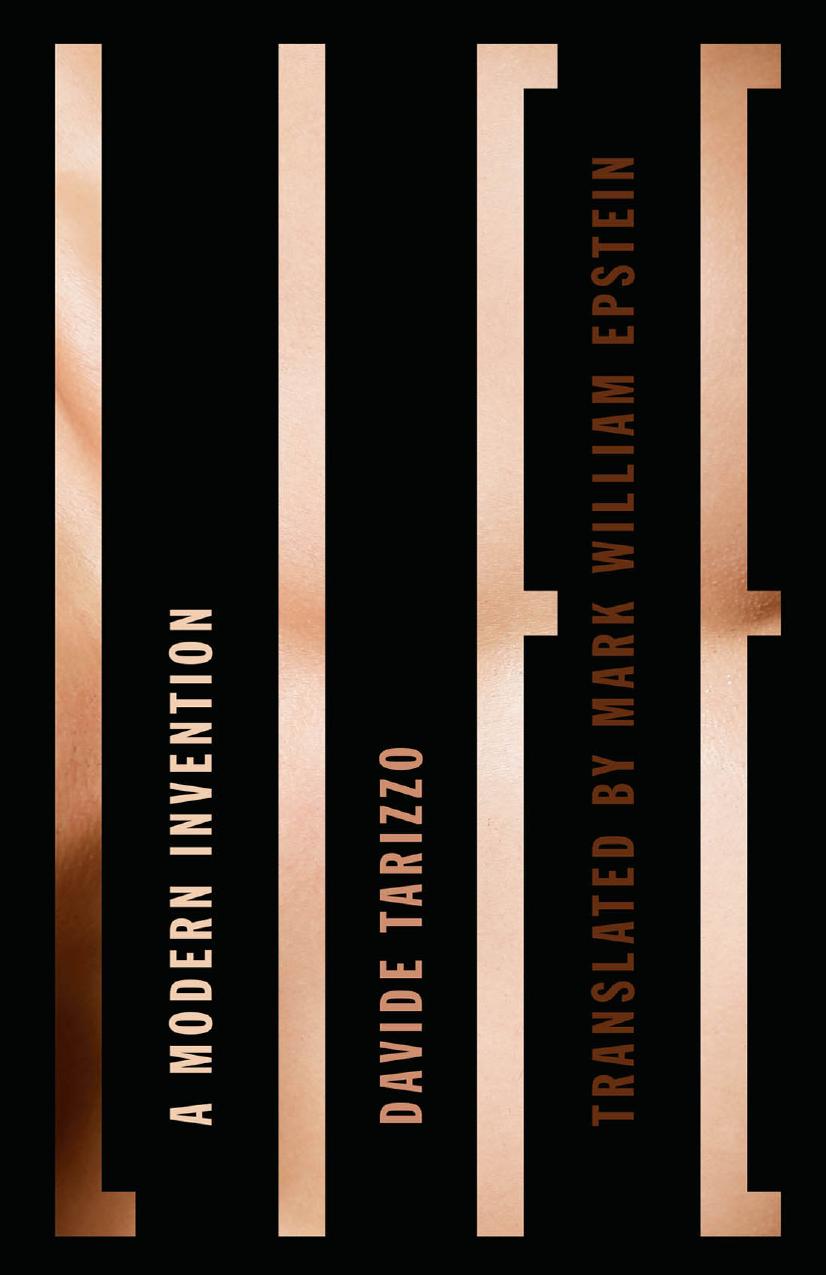Life: A Modern Invention by Davide Tarizzo

Author:Davide Tarizzo
Language: eng
Format: epub, pdf
Published: 2017-11-27T08:23:43+00:00
a region of purer light, and whose wide-spreading branches, twigs,
sprays, and leaflets, infinitely diversified, manifest the energy of the
life within.â In this passage from 1828 (cited by Sloan 1992, 36), one
should not only emphasize the idea of the tree of life, or the refer-
ence to âthe energy of the life within,â but also and above all the idea
of an âinfiniteâ diversification of life/nature. For it is precisely this
idea, detaching an infinite force of life from the finitude of the liv-
ing, that then became crucial for Darwin. This is the idea that Dar-
win, for example, surreptitiously introduces in his reading of Müller,
where he notices that the latter speaks of the âpropagation of infinite
numbers of individuals from one.â As a matter of fact, in Müllerâs
paper, the word âinfiniteâ does not appear. And for many reasons,
previously discussed, it could not appear. Müller just remarks, while probably scratching his head, that life (or vitality) is a quantity, to be sure, but the exact measure of this quantity escapes us, and so does
the secret of life. Since, quite literally, things donât add up in nature.
3.3.8. All of this illustrates, at least partially, the deep embarrassment of the naturalists of the period, and perhaps explains why Darwin
now and again began to leaf through essays by authors who were
certainly not among his favorites. One of these essays is On the King-
doms of Nature by Carl Gustav Carus, a pupil of Schelling, published in the Scientific Memoirs of 1837. Darwinâs notes about it are few
but curious. He is particularly struck by one idea: life conceived as
a âunity through multiplicity.â It is the idea of a life autonomous
from living forms, which Carus had inherited from Schelling. âAfter
reading âCarus on the Kingdoms of Nature, their life & affinityâ in
Scientific Memoirs I can see that perfection may be talked of with respect to life generally.âwhere [â]unity constantly develops multiplicity[â] (his definition âconstant manifestation of unity through
126âLIFE
multiplicityâ this unity,âthis distinctness of laws from rest of) uni-
verse «which Carus considers big animal» becomes more developed
in higher animals than in vegetablesâ (Darwin 1987, 269â70). These
notes are confused, as are many contained in the notebooks, but
one can still derive a couple of reflections from them. The first is
that Darwin is struck by the counterposition of the unity of life and
the multiplicity of forms in which life is expressed or âmanifestsâ
itself. The second is that Darwin now seems to understand that one
can speak of the âperfectionâ of life without considering its various
embodiments. Said in a slightly different way, Carus makes him see
that life perfects itself as life, according to its own laws, according
to the laws of life that should be distinguished from the remaining
laws of the universe. This idea did not originate with Carus, as we
already know. But what matters most is Darwinâs enthusiasm: âGood
idea, to show life only laws. like universe.â Good idea. But what was it exactly? Carusâs text, which Darwin underlines and glosses, reads
as follows: âAs it follows from the foregoing observations that life is
not a single isolated reality, we shall be obliged
Download
This site does not store any files on its server. We only index and link to content provided by other sites. Please contact the content providers to delete copyright contents if any and email us, we'll remove relevant links or contents immediately.
Sapiens: A Brief History of Humankind by Yuval Noah Harari(14320)
Sapiens by Yuval Noah Harari(5322)
Pale Blue Dot by Carl Sagan(4953)
Homo Deus: A Brief History of Tomorrow by Yuval Noah Harari(4871)
Livewired by David Eagleman(3729)
Origin Story: A Big History of Everything by David Christian(3666)
Brief Answers to the Big Questions by Stephen Hawking(3393)
Inferior by Angela Saini(3293)
Origin Story by David Christian(3170)
Signature in the Cell: DNA and the Evidence for Intelligent Design by Stephen C. Meyer(3098)
The Gene: An Intimate History by Siddhartha Mukherjee(3074)
The Evolution of Beauty by Richard O. Prum(2963)
Aliens by Jim Al-Khalili(2803)
How The Mind Works by Steven Pinker(2777)
A Short History of Nearly Everything by Bryson Bill(2659)
Sex at Dawn: The Prehistoric Origins of Modern Sexuality by Ryan Christopher(2500)
From Bacteria to Bach and Back by Daniel C. Dennett(2462)
Endless Forms Most Beautiful by Sean B. Carroll(2443)
Who We Are and How We Got Here by David Reich(2417)
